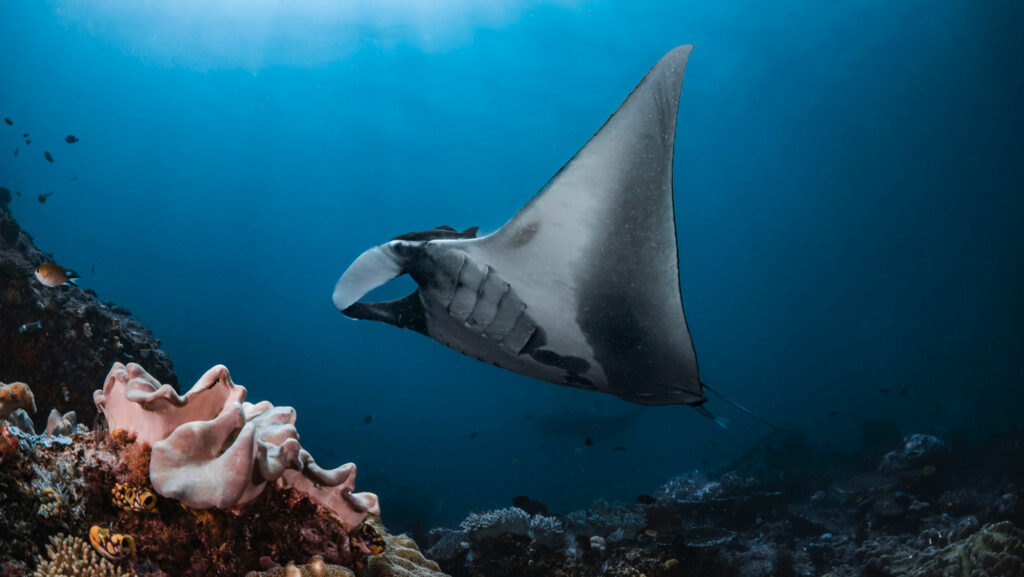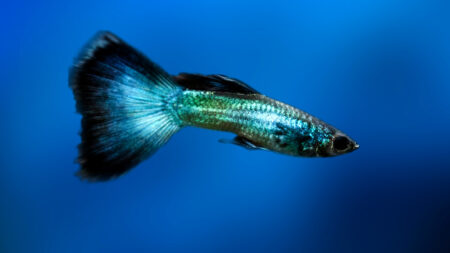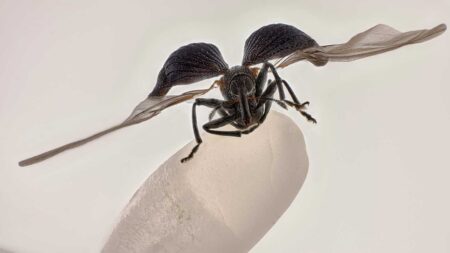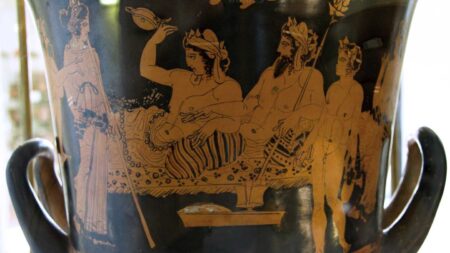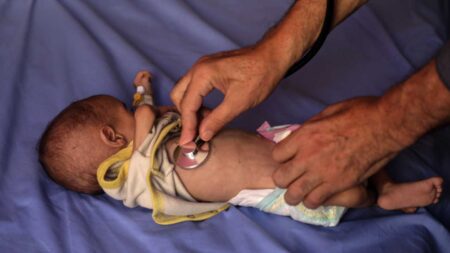The vessel rolled in the swell as fishers pulled huge nets bursting with tuna onto the deck then poured the catch down a loading hatch.
But Melissa Cronin wasn’t there for the tuna. She was looking for ways to save manta and devil rays caught by accident. The marine ecologist at Duke University cofounded the Mobula Conservation Project, named after the genus of these fishes.
She spent four months at sea, split over two trips of two months each, onboard fishing vessels watching hundreds of metric tons of tuna being caught and recording data while fishing crew tested out a new device aimed at saving rays. The simple grid, inspired by the fishers themselves, catches the giant-winged rays while letting slippery tuna slide through, Cronin and colleagues report October 22 in Conservation Biology.
Globally, around 60 percent of tropical tuna is caught using what are called purse seine nets. Fishers encircle a school of fish before tightening the net so the fish can’t escape. Neither can any other animals accidentally scooped up.
According to the International Seafood Sustainability Foundation, over 13,000 threatened manta and devil rays are caught as accidental bycatch in purse seine nets annually. These elegant fish glide through the water like ballerinas, feeding on tiny plankton. The largest species — oceanic manta rays (Mobula birostris) — grow almost seven meters wide. “It can be the same weight as a Honda Civic,” Cronin says. Many mobulid species are listed as either endangered or vulnerable.
For the best chance of survival, rays caught by accident must be released quickly — they have to swim to breathe — and without damaging their vital parts.
But it’s a challenging task.
Releasing bycatch can put the crew at risk. If a struggling ray knocks off a fisher’s hard hat, it can be incredibly dangerous — or even fatal — as heavy tuna can fall from above. A single skipjack tuna can weigh nearly 10 kilograms.
And mobulids are incredibly slippery. “You can’t even imagine trying to hold on to one of these,” says Cronin. “It’s like trying to hold onto water.”
To get a firm grip, fishers sometimes grab the rays’ cephalic lobes — the horns at the front used for feeding — or the eye socket. “Any damage to those organs is probably going to lead to mortality, especially the eye,” she says. And if the fish are not kept flat when lifted overboard, they can curl up like a calzone, which damages their cartilage.
Fishers had the idea of placing a grid over the loading hatch to make it easier and safer to release the rays. Like a pasta strainer, it catches the rays but lets the tuna continue for processing. “The mobula is the pasta and the fish are like the water,” Cronin says.
It also keeps mobulids flat like a pizza, to prevent damage, before a crane lifts them overboard. They can be released within a couple of minutes.
Conservationists worked closely with fishers to build on their original bamboo design. The improved “manta sorting grid” is made from durable stainless steel tubes and thick ropes.
This collaboration is vital. Scientists’ ideas for preventing bycatch can be impractical on a working vessel. Simple, low-cost solutions that involve the crew are more likely to be used.
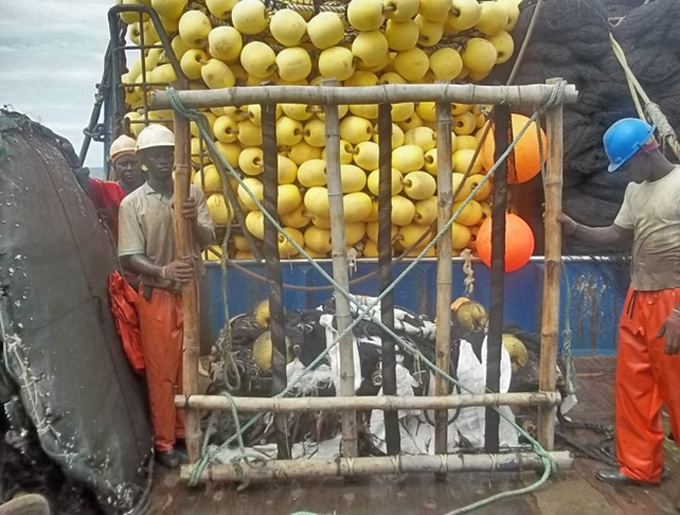
To test the feasibility of the design, fishers and scientists documented 41 mobulid captures on 12 large tuna purse seine vessels in the Pacific Ocean from 2022 to 2024. “It’s just so impossible to understand the fishery if you aren’t able to be on a vessel,” says Cronin.
Although fishers could often lift smaller individuals overboard by hand quickly and efficiently, the tests showed that the sorting grid was very effective when they caught larger rays.
“This looks like a solution that works for both the animals and the crew,” says Edward Willsteed, an independent fisheries management consultant based in Catalonia, Spain, who was not involved in the study. “It also looks simple, suggesting that this won’t be expensive to build, use and repair.”
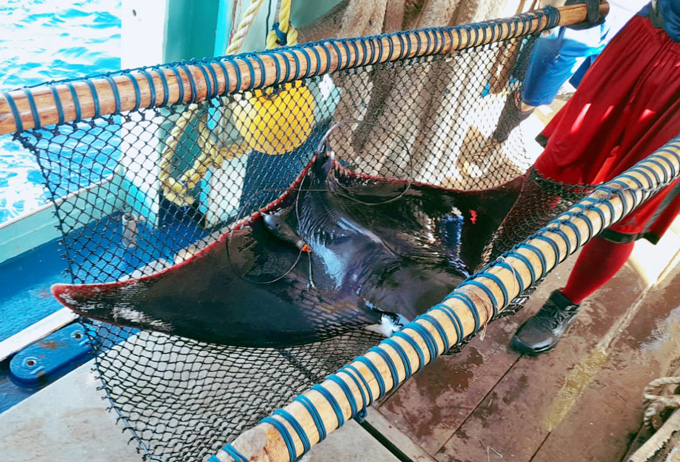
Reducing death rates of these threatened rates is a key priority, says Brendan Godley, a conservation scientist at University of Exeter in England who was not involved in the study. “The grids designed by the fishermen on the vessels look to be a discrete improvement over using stretchers and cargo nets, meaning the animal was less likely to be bent and damaged and released quickly.” He sees no reason why this grid couldn’t be taken up by fisheries, saying “it may ease the work of release and lead to better outcomes.”
Cronin is hopeful for the potential of the grid to help save these at-risk rays, especially large, mature individuals that can help replenish populations, she says: “Those big mamas are the ones that we’re most concerned about.”
Read the full article here





